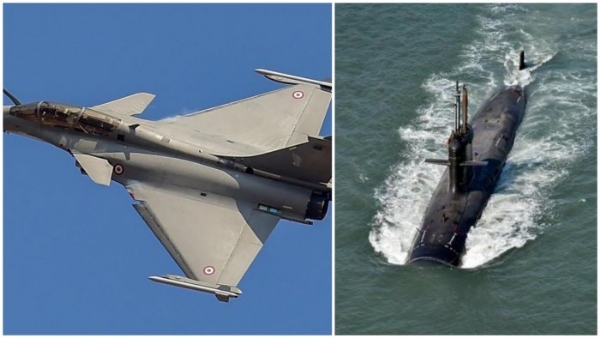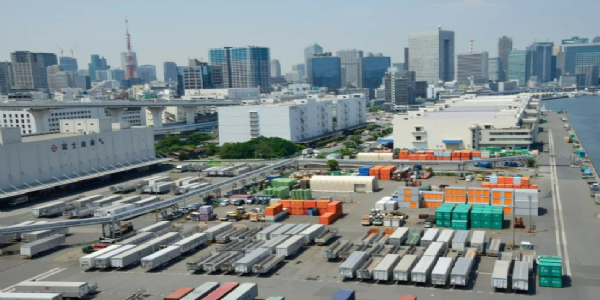NB Explains | French boost to Indian Navy: 26 Rafales & 3 submarines okayed
Total Views | 80
New Delhi, July 13: In a huge development in strengthening defence bilateral ties, the defence ministry approved the acquisition of 26 Rafale-Marine fighter jets and three Scorpene diesel-electric submarines from France, paving the way for the formal announcement of the two proposed mega deals at the Modi-Macron summit on Friday.

This came after the Rajnath Singh-led Defence Acquisitions Council (DAC) accorded the 'acceptance of necessity (AoN)' to the twin procurements for the Navy, which together will cost upwards of Rs 80,000 crore (9 billion euro), according to reports. This will come along with associated ancillary equipment, weapons, simulator, spares, documentation, crew training and logistic support for the Indian Navy from the French Government based on Inter-Governmental Agreement (IGA).
Following this, the Cabinet Committee on Security (CCS) will give the final approval.
What'll India get?
The proposed inter-governmental agreement for the Rafale-M fighters will include off-the-shelf purchase of 22 single-seat jets and four twin-seat trainers, along with associated equipment, weapons, simulator, spares, crew training and logistic support.
The three Scorpene submarines will be constructed at the Mumbai-based Mazagon Docks (MDL). They will have air-independent propulsion (AIP), to be developed by DRDO, for greater underwater endurance.
The first new submarine should roll out five to six years after the contract.
Why Rafales?
The Rafale-M emerged as the frontrunner over the American F/A-18 Super Hornet after extensive trials conducted by the Navy last year. The French fighter had a head start on logistical grounds given that IAF has already inducted 36 Rafales under the Rs 59,000 crore deal inked in September 2016.
Why Submarines?
The three additional Scorpene submarines under Buy (Indian) category which will be constructed by Mazagon Dock Shipbuilders Limited (MDL). The procurement of additional submarines, with higher indigenous content, will not only help in maintaining required force level and operational readiness of the Indian Navy, but also create significant employment opportunities in the domestic sector. It will also help the MDL in further enhancing its capability and expertise in submarine construction.
Significance
The two deals are critical for the Navy, which is grappling with a depleting conventional submarine fleet as well as an inadequate number of fighters to operate from its two aircraft carriers. China, with the world's largest navy with 355 warships and submarines, is fast expanding its presence in the Indian Ocean Region, while also helping Pakistan build a strong maritime force to challenge India in the Arabian Sea.
Bharati Web







